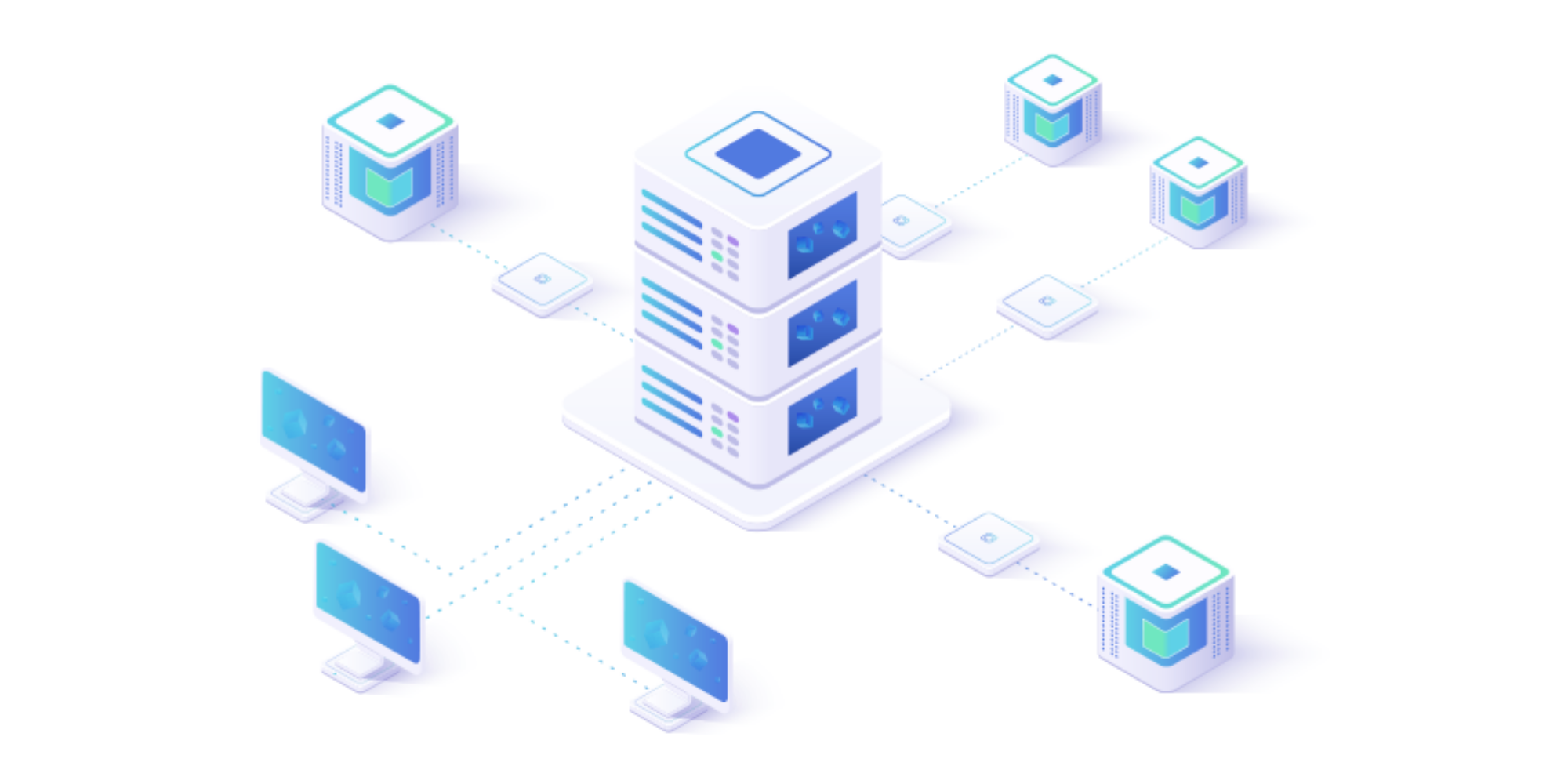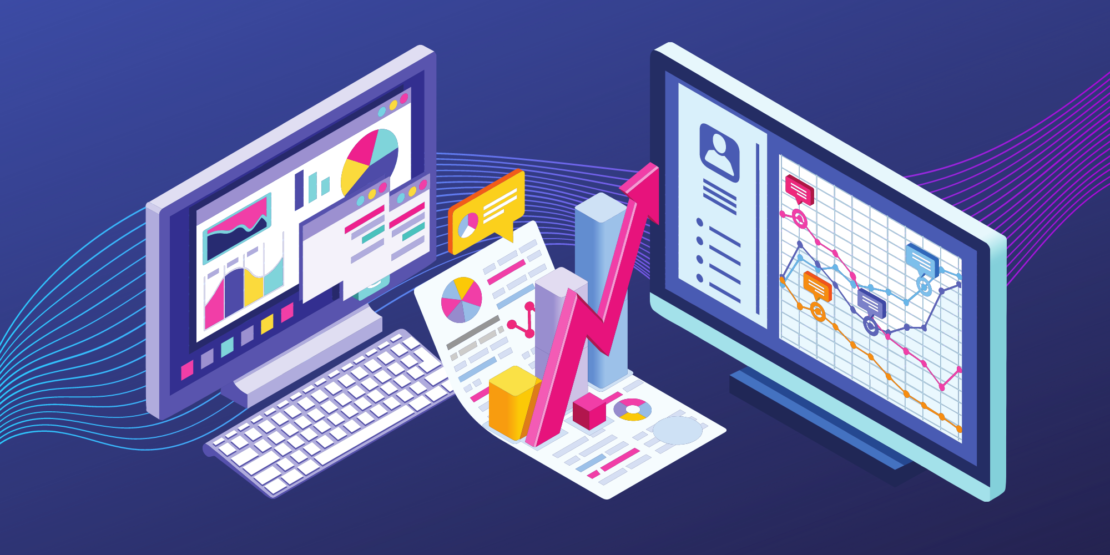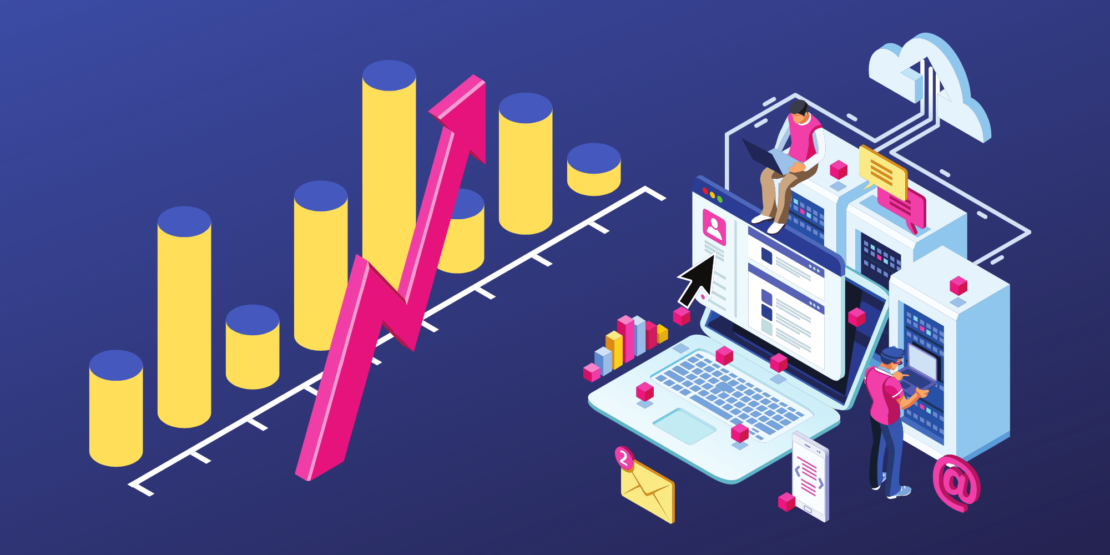
Effective organization management requires making informed business decisions based on reliable and precise data with a low risk of error. Advanced analytical tools and controlling processes play a very important role in modern business. An interesting issue is the use of a data warehouse in controlling. See how it works in practice.
What is controlling and what role does it play in the company
Controlling is often referred to as a new management function or solution that connects all information processes. This is because it is a coordinated, integrated and enterprise-wide support system for strategic and operational enterprise management.
Controlling tasks include support and coordination of:
- planning – setting strategic goals for the company,
- control of the implementation of operational processes – it consists in comparing the actual state of the company with the plans. The system analyzes the scale of deviations from the expected results,
- conducting corrective actions,
- communication between individual decision-making centers in the organization,
- motivating – remuneration depending on effectiveness.
The implementation of controlling allows:
- optimize the use of the company’s resources and take full control over them – this leads to increased operational efficiency and reduction of costs,
- improve the decision-making process in the company – data from the controlling system make it possible to better predict future events, and thus take conscious investment steps,
- facilitate the management of the company – especially when the organization is large and dispersed.
The implementation of controlling makes sense and brings measurable benefits only when it is a real management tool, and not only a “supplier” of reports that do not carry any functional value for the company. This is why it is so important to use a data warehouse in controlling.

What is a data warehouse
The data warehouse is one of the key elements of Business Intelligence systems used to perform advanced analytical tasks. What is it in practice? It is a large collection of data from various sources in the organization. They can come in a variety of formats, ranging from relational databases, through spreadsheets, to XML files, text files, and even multimedia formats. They are transformed and standardized – so that they are consistent and can be subjected to in-depth analysis to obtain comprehensive information about the state of the organization and forecast its future.
The implementation of a good-quality data warehouse integrated with the target analytical software allows:
- improve the data processing process – without the risk of information loss,
- deepen and expand the scope of data use – this is possible thanks to the precise organization of data in the central warehouse, as well as the creation of thematic warehouses devoted to specific types of information,
- increase the credibility of data – it is possible thanks to the constant updating of information, as well as the precision of preparation in the management system,
- integrate information from various departments of the company – a data analyst or BI analyst has a full picture of the situation taking place there.
The use of a data warehouse in controlling is a natural process. Such a system allows you to collect and process all the necessary data to support the management of the company and make key development decisions.
The use of a data warehouse in controlling in practice
The data contained in the warehouse is arranged thematically, integrated and includes a specific time dimension. It is an opportunity to conduct in-depth comparisons of the company’s results in different time frames and to compile various historical information. As a result, the use of a data warehouse is the basis for effective controlling – especially in medium and large companies that use extensive IT systems.
Data warehouses support controlling because they allow the presentation of data in standardized and simplified structures. They provide easy access to the necessary information and provide the desired flexibility.
As a result, the data entered into the warehouse can be processed by various tools used in controlling. The most important ones include:
- SIK – management information systems,
- Data mining (BI systems) – the purpose of which is to predict events and search for information in situations where the criteria are poorly specified,
- SWD – decision support systems that provide analytical data to solve unstructured problems and choose the most profitable courses of action according to the probability theory,
- SES – record and reporting systems,
- OLAP – is a data processing system using a multidimensional database that can be used to analyze sales trends or financial analyzes. A properly selected data warehouse architecture enables the support of this technology.

Advantages of using a data warehouse in controlling
Using a data warehouse in controlling brings many benefits:
- optimization of controlling processes – both in terms of time and finance, which results from very easy access to information that has already been pre-processed and prepared for analysis,
- the ability to quickly consolidate information from multiple sources – this is especially important with a very complex organizational structure of enterprises or a high level of complexity of the company’s task units,
- the ability to analyze data in a historical perspective – a data warehouse allows you to organize information collected over many years, which gives a wide perspective of viewing,
- very high quality of the analyzed data – the way the data warehouse operates makes it a very valuable and reliable source of information, which makes it possible to trust them,
- ensuring easy access to data to all who need it – usually controlling processes are supervised by a wider team, and the entire management staff needs the results of access analytics. It’s not a problem with a data warehouse,
- transparent presentation of information about the company – in a data warehouse, you can not only standardize and organize data, but also translate it into a clear visual presentation. Reports in this form can be quickly analyzed, which also shortens decision-making processes,
- the ability to integrate all key information in one place – only when controlling is based on the full range of data on the company’s operation brings the expected results. The data warehouse will make it possible.
Summing up, it can be said that the use of a data warehouse in controlling leads to filling the information gap. The information provided by the wholesaler is available immediately, in an accessible form and always up-to-date. Thanks to this, the processes related to the planning and supervision of the company’s operations are carried out consciously, based on verified data and with a very low risk of making a mistake.
For the above reasons, more and more medium and large organizations decide to invest in a modern data warehouse and other tools in the area of BI analytics. Their implementation allows for better functioning of the company – both in the short term and over a long period of time. It is worth getting interested in this technological solution and using it in practice.
Do you have any questions or are you looking for the perfect solution for your company?
Schedule a free consultation. Consult your company needs with our experts. Learn about solutions that will help your company improve business processes and ensure data security.



